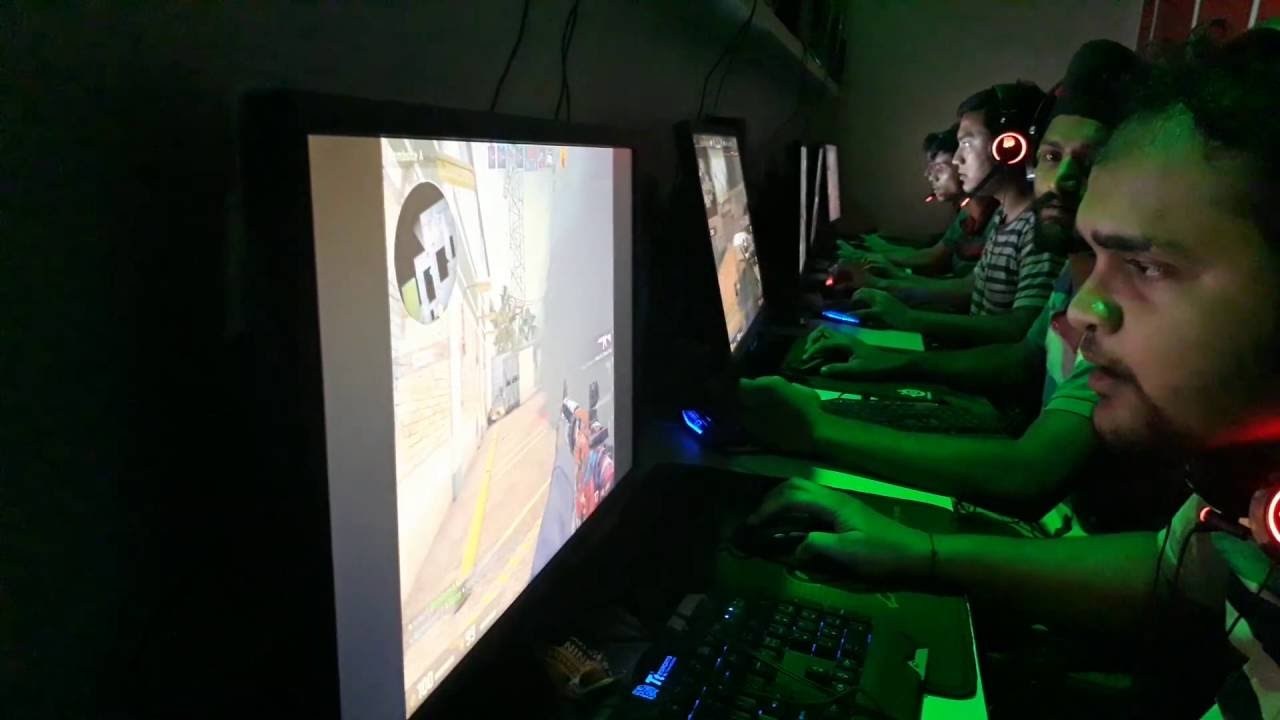 Reading Time: 4 minutes
Reading Time: 4 minutes
For 47 days in India’s summer heat last year, eight IPL teams played a 60-game tournament, culminating in a one-run win for Mumbai Indians. More than 25 players, along with several coaches and members of Mumbai’s staff were rewarded with USD 2.4 million. Two months later, in Seattle, Team Liquid, comprising five members, bagged USD 10.86 million of the USD 24.7 million prize money for winning an 11-day Dota 2 tournament called The International.
The rise of the esports industry – currently valued at USD 700 million – has been compared to the exponential growth of cryptocurrencies, but without the unpredictability of the bull and bear trends that govern financial markets. Predictably, the subsequent influx of capital from external investors – Alibaba, Intel, The Walt Disney Company*, The Kraft Group, Hewlett Packard and even Jennifer Lopez – has helped sustain its growth. The latest boost is the IOC recognizing it as a ‘competitive sport’, the first of many steps towards seeing esports in the Olympics.
More than half of the esports markets is in China, USA and South Korea; the scale of awareness, and inevitable growth in India, though, hasn’t yet materialised, with the absence of widespread high-speed internet connectivity the most influential of several reasons. Yet Lokesh Suji, director of the Esports Federation of India – India’s esports governing body – is optimistic on the sport’s prospects.
“India’s world ranking (in the IeSF esports championship) jumped from 29 to 20 last year,” he told ESPN. “It’s estimated that India has around 120 million online gamers. This population will cross 300 million by 2021. From a PC and console perspective, the spread is largely concentrated to metro and B-category cities, but for mobile, the other cities have a decent share. From a gender perspective, we have 32% females, who are active on consoles. The serious esports community in India is pegged around 10 million.”
The typical gamer is between 18-25 years old and picks up esports in college. Game strategies are developed during classes, with breaks spent executing them. A few years ago, gamers had a hobby, but not a career opportunity. That is what’s changing. In 2017, for example, in all tournaments combined, more than INR 2 crores (USD 308,000 approx) was paid out as prize money for competitions in India.
Considering the incipient stage esports is in India, growth percentages, rather than actual prize pools, are a fairer measure of growth in a developing market. The prize money for Dota 2 and Counter Strike: Global Offensive (CS:GO), two of the most popular global games, increased by 40 and 46% respectively in the past 12 months. According to data from AFKgaming, Dota 2’s prize pay-out rose from INR 40 lakhs (USD 67,000) in 2016 to INR 67 lakhs (USD 103,000) in 2017. CS:GO’s increased from INR 36 lakhs (USD 56,000) to INR 68 lakhs (USD 105,000) in the same period.
But Suji advises caution. “We have always counselled the budding talent that studies and education comes first in a country like India,” he says. “Don’t compromise on your studies to follow your passion, India has not yet reached the level of cricket. It will take time. This time will be less in comparison to what cricket took to reach where it is today. India has the largest youth population in the world. Esports is culturally more relevant to current and upcoming generations.“
There is much work to be done, Suji concedes. “Esports needs to be taken to the grassroots levels. Esports cafes will create awareness and act as a training ground for budding Indian talent and will help identifying the best athletes. With regards to counselling budding talent.. at times we even get calls from parents of the youngsters who want to take up esports as a career. ESFI is working with colleges and schools to get esports included as part of their sports and cultural fests.“
No sport has gained popularity without spectators and growing fan bases. Esports has adopted a franchise-based model, with gamers from several countries comprising a team. According to a report by Newzoo, a company that tracks intelligence in the digital gaming industry, esports could have 586 million participants by 2020, with more than half coming from the Asia-Pacific region. Still in its nascent stage, India will make up just a fraction of that viewership base.
“The size and scale of opportunity is growing, but it’s at a nascent stage,” Rajan Navani, Managing Director of JetSyntheses, a digital gaming company, tells ESPN. “Esports moving into the Olympics is going to give a big fillip to a country like India. The market will really grow when we have esports champions coming to India.
“The best parallel is China, 10-15 years ago, if you look at digital gaming and esports, it was nothing. But now, it’s the largest market. India will have the same growth as China, but not in the same way. Broadband reached the homes of people, it changed the esports industry. When you have high bandwidth, you have great connectivity. And digital payments is a relatively new phenomenon.“
In India, investments are flooding in, albeit primarily for millennial engagement as opposed to the traditional esports method of competitions played in front of specially-designed computers. “Gaming is the digital gateway to consumers in India. Esports cannot be developed in isolation, it needs an ecosystem of payments, players, competitiveness,” Navani says. “Many people don’t have the means. In India, there is a small group that pays and a larger group that engages.“
That approach to esports in a developing market seems to be working. Walking into a recent digital gaming show on the outskirts of Bengaluru, it feels like a chance for gamers to tour the chocolate factory. Stalls covering the length of a football field allow trials of different genres of games. The characters of several RPG’s (Role Playing Games) have come to life through costumes. Shirts in bright colours with technical jargons, such as ‘Gamers don’t die, we respawn’ feel nostalgic.
But there only seem to be young faces around, another reminder of the distinct industry demographic. Parents lag behind their children, either unexcited or oblivious. Blaring, echoing music adds to the ambience. It’s loud, much like how esports has been in the last few years.
Like any other sport, the industry has had to maintain its integrity by effectively managing hurdles such as performance-enhancing drugs and match-fixing. Like any other sport, it is evolving and maturing quickly to a global audience. But with a unique niche, exponential growth and its ability to attract more, it is unlike any other sport.
Source: espn.in
Source: European Gaming Industry News





